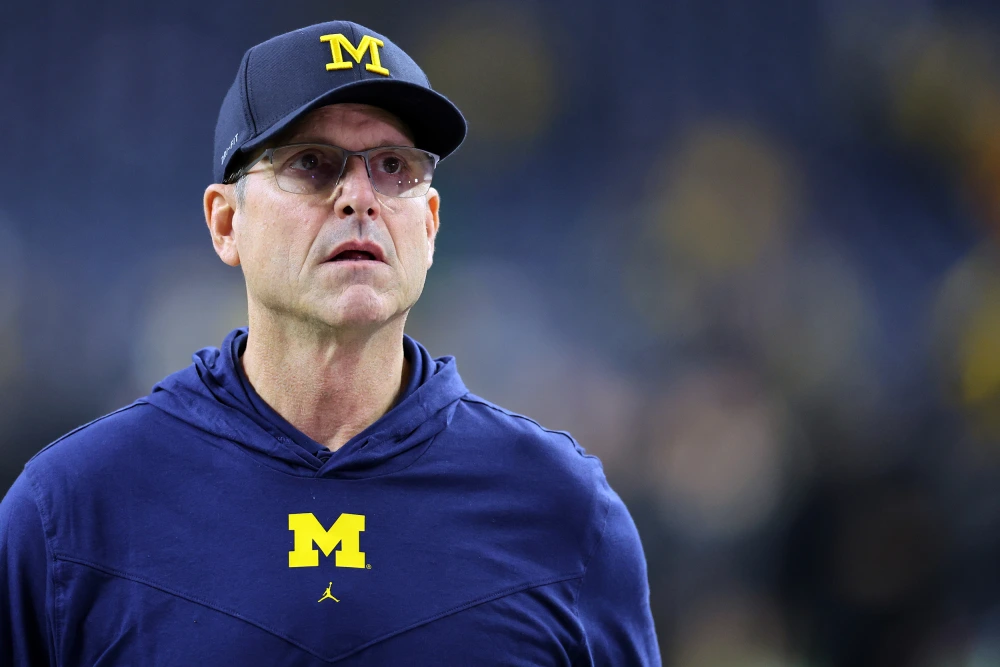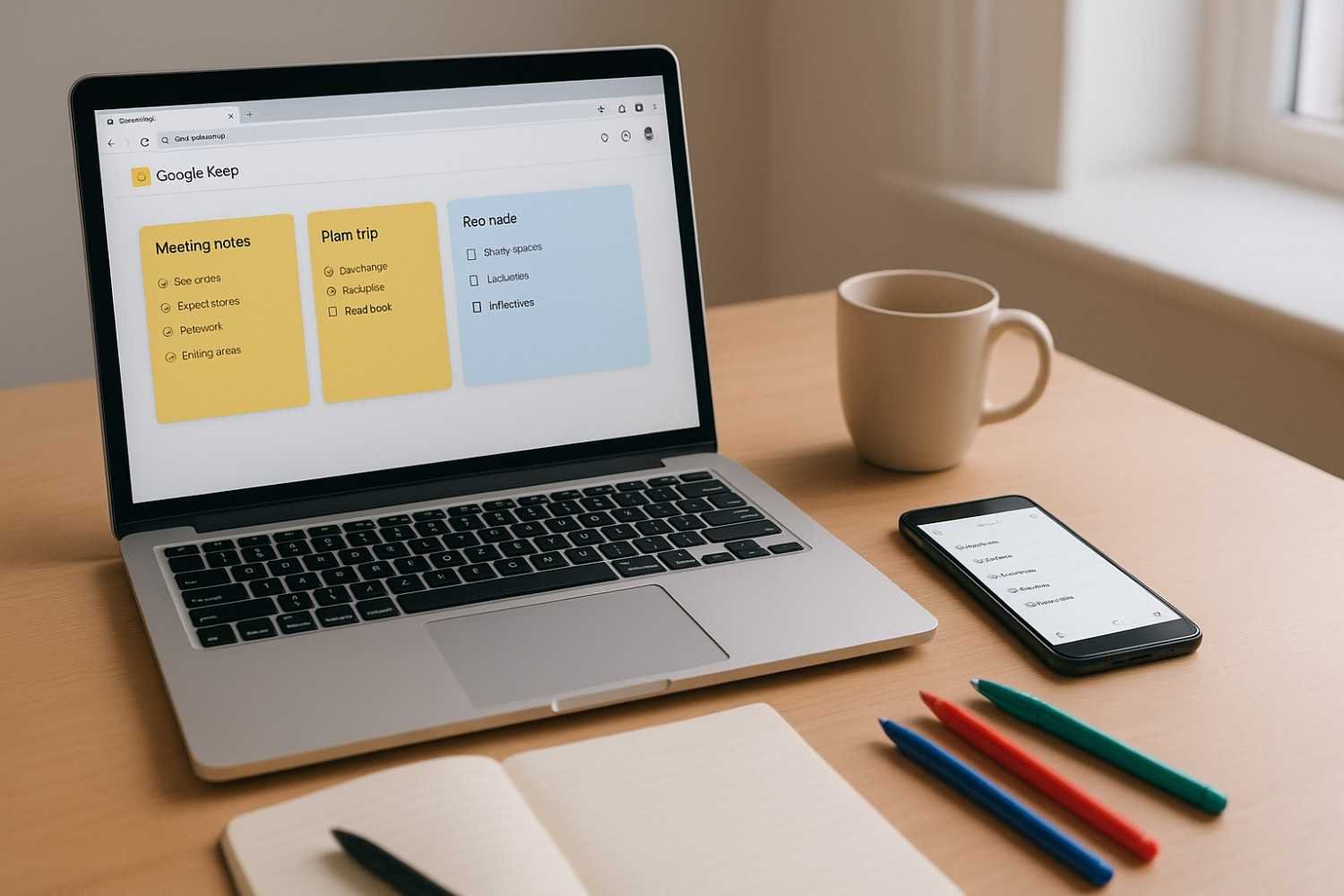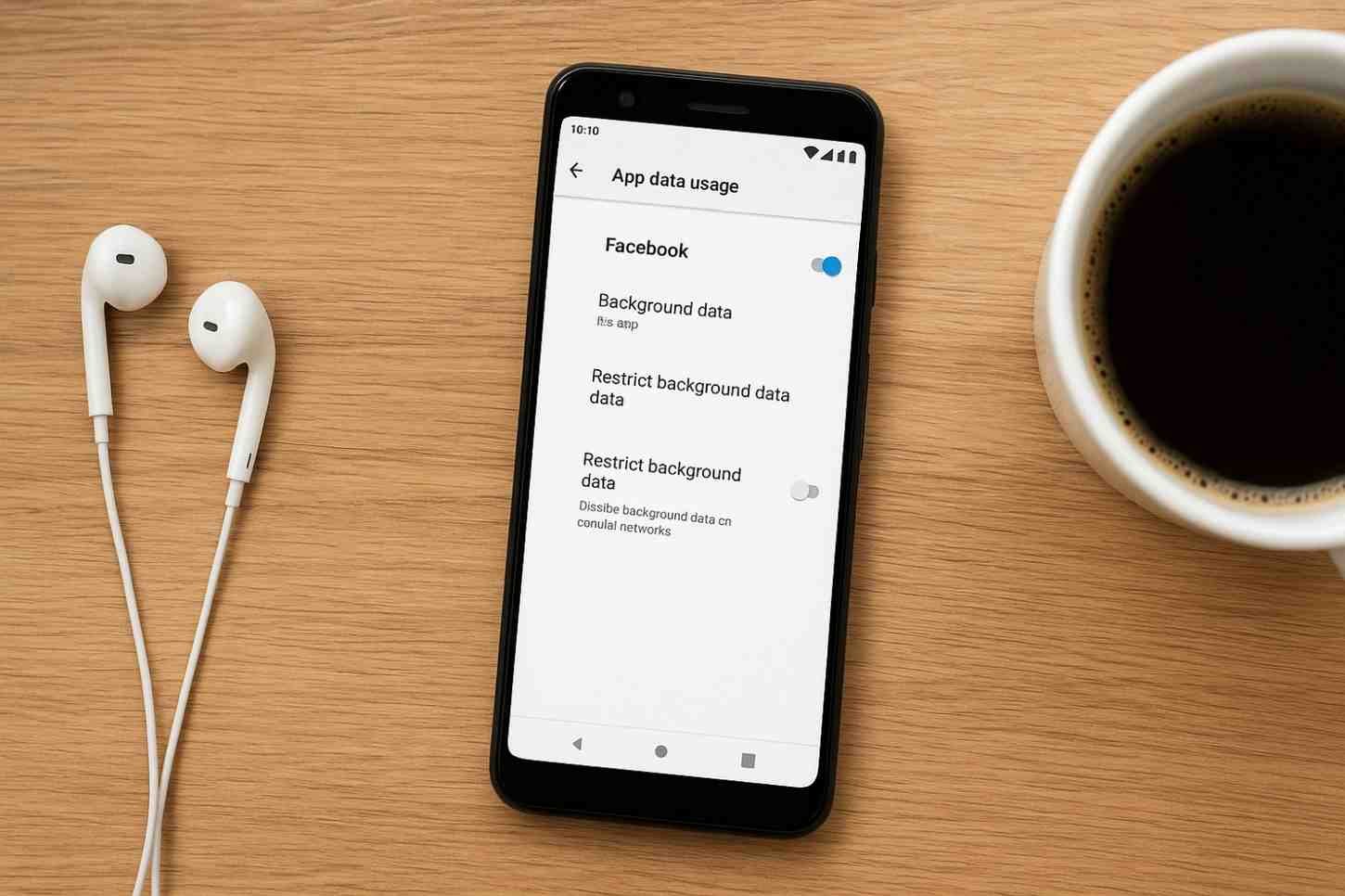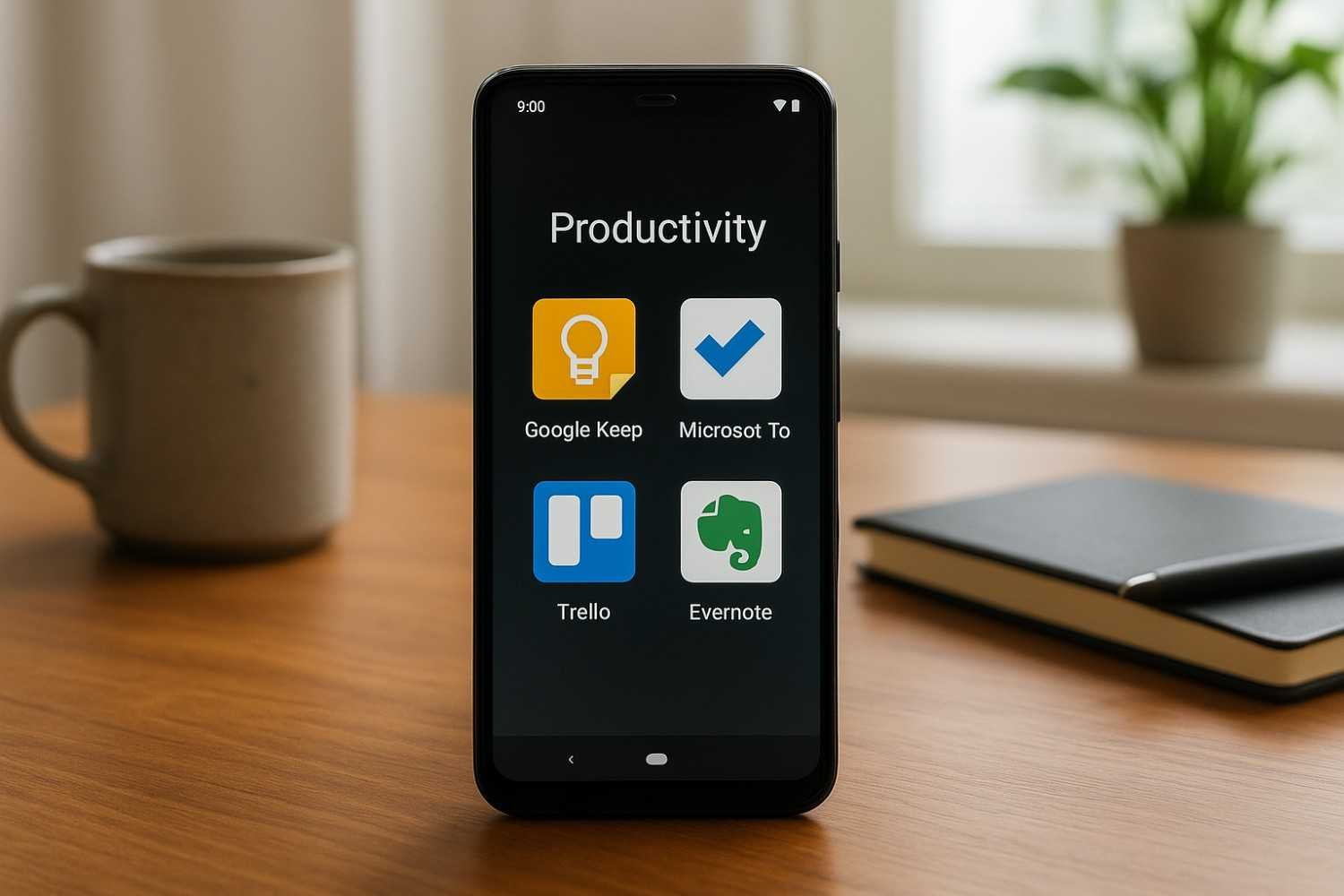Introduction: What is a show cause penalty?
The show-cause penalty is the NCAA’s most powerful individual sanction, forcing any school that hires a named coach or staffer to “show cause” why additional restrictions should not be applied during a defined period. In plain terms, the show cause penalty follows the person, not the school, and makes hiring them risky, expensive, and tightly regulated. It deters institutions from sidestepping enforcement by rehiring sanctioned personnel and ensures accountability persists beyond the walls of one program.
Summary of the Michigan case
In the Michigan football case, the NCAA connected violations to impermissible in‑person scouting and signal acquisition—a long-standing bright-line rule. The enforcement outcome combines the show cause penalty for multiple individuals with program-level sanctions. The structure is designed to curb any residual advantage while raising the compliance floor for future seasons.
Key penalties at a glance
- Show cause penalty for multiple individuals, including long durations that overlap with future hiring cycles.
- Additional suspension for the head coach, split across seasons, with limited in-season disruption to marquee matchups.
- Four years of probation with mandatory oversight and reporting.
- Significant fines tied to operating budget, scholarships, and projected postseason revenue.
- Recruiting restrictions, including reduced official visits and extended communications blackouts.
How the show cause penalty works in practice
A show cause penalty attaches to a specific individual for a defined time, often years. Suppose another NCAA program wants to employ that person during the penalty window. In that case, it must present a plan to comply with restrictions, which can include game-day bans, recruiting limits, reporting requirements, or monitoring. The result is chilling: many schools avoid hiring under show cause, while those who proceed must invest in compliance resources and accept operational constraints.
Impact on staff: leadership, hiring, and availability
- Head coach: The added one-game suspension in a future season slightly alters availability while keeping leadership continuity for key games. This balances punishment and program stability.
- Former head coach: A long show cause window dampens prospects of a college return for years, even if on-field credentials remain attractive.
- Support staff: Extended show cause penalties limit movement and deter lateral hires, reducing the spread of practices tied to the violations.
- Hiring market: Athletic departments weigh the reputational and logistical costs of onboarding sanctioned personnel against competitive upside—most will pass.
Program-level consequences: fines, probation, recruiting limits
- Fines change choices: Budget-linked penalties directly impact staffing, travel, and non-essential spend. More dollars will flow to compliance infrastructure and high-leverage roles.
- Probation formalizes oversight: Audits, reporting, and training become non-negotiable. Any subsequent misstep risks escalating sanctions.
- Recruiting restrictions compress the calendar: Fewer official visits and communications blackouts mean pipeline health depends on earlier evaluations, sharper targeting, and tighter timelines.
Competitive outlook for 2025–26
- Short-term continuity: The head coach serves staggered suspensions but remains available for signature games. Tactical disruption is limited.
- Roster strategy pivots: With constrained visits and communication, the staff must sharpen talent ID, use the portal with precision, and accelerate development tracks for freshmen and system-fit transfers.
- Margins tighten: Depth, special teams, and situational football grow in importance when recruiting touchpoints are reduced and budget flexibility narrows.
Michigan’s response and the ongoing debate
The program has argued that enforcement overreached relative to on-field results and the personal attendance data associated with the implicated staffer. Public remarks emphasizing that championships were earned “fair and square” crystallize a broader debate: How should traditional scouting prohibitions be applied in an era where analytics, third-party networks, and gray-area intel pipelines are increasingly common?
Compliance lessons for the analytics era
- Draw hard lines around in-person reconnaissance: No outsourcing, no intermediaries, no ambiguity.
- Segregate analytics from prohibited collection: Define roles, access, and audit trails; document sources and methods.
- Build a living compliance plan: Train, test, and verify. Enforce single-source-of-truth repositories for game planning data.
- Preserve records and chain of custody: Create clear retention policies, version control, and tamper-proof logging for scouting inputs.
What to watch next
- Recruiting choreography: Expect early campus touches before blackout windows and more strategic timing around official visits.
- Staff structure changes: Programs may formalize walls between analytics shops and any activity that could resemble in-person scouting.
- Market signals: Show cause penalties will shape hiring decisions across the NCAA, elevating the role of compliance in executive calculus.
Conclusion: Why the show cause penalty matters now
The show cause penalty serves as the NCAA’s clearest deterrent in a landscape where information edges can decide games. By following individuals across institutions and seasons, it ensures that accountability survives staff changes and job offers. Layered with fines, probation, and recruiting limits, the show cause penalty now anchors a modern enforcement model—one that targets competitive-integrity violations with multi-season impact on staffing, roster building, and resource allocation.





